Publications
Our research findings, patents and databases
代表性论文
HDAC11 regulates type I interferon signaling through defatty-acylation of SHMT2
The smallest histone deacetylase (HDAC) and the only class IV HDAC member, HDAC11, is reported to regulate immune activation and tumorigenesis, yet its biochemical function is largely unknown. Here we identify HDAC11 as an efficient lysine defatty-acylase that is >10,000-fold more efficient than its deacetylase activity...
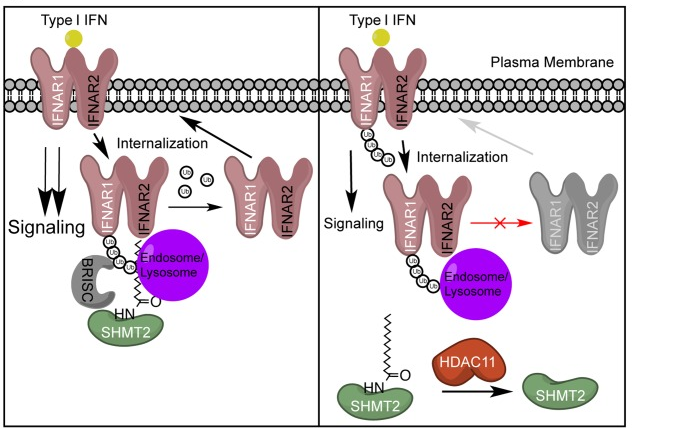
DJ-1 suppresses ferroptosis through preserving the activity of S-adenosyl homocysteine hydrolase
Ferroptosis is a newly characterized form of regulated cell death mediated by iron-dependent accumulation of lipid reactive oxygen species and holds great potential for cancer therapy...
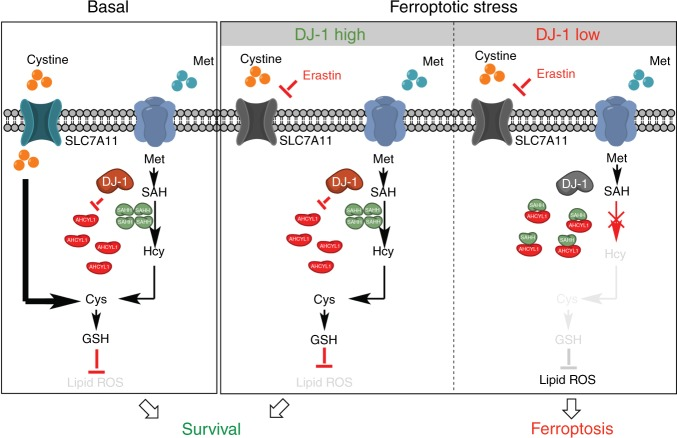
Hypoxia-Induced WSB1 Promotes the Metastatic Potential of Osteosarcoma Cells.
Intratumoral hypoxia occurs in many solid tumors, where it is associated with the development of metastatic character. However, the connections between these phenomena are not fully understood. In this study, we define an integrative role for the E3 ubiquitin ligase subunit WSB1. In primary osteosarcomas, increased levels of WSB1 correlated with pulmonary metastatic potential.
.jpg)
ZDHHC12-mediated claudin-3 S-palmitoylation determines ovarian cancer progression
The membrane protein claudin-3 (CLDN3) is critical for the formation and maintenance of tight junction and its high expression has been implicated in dictating malignant progression in various cancers. However, the post-translational modification of CLDN3 and its biological function remains poorly understood...
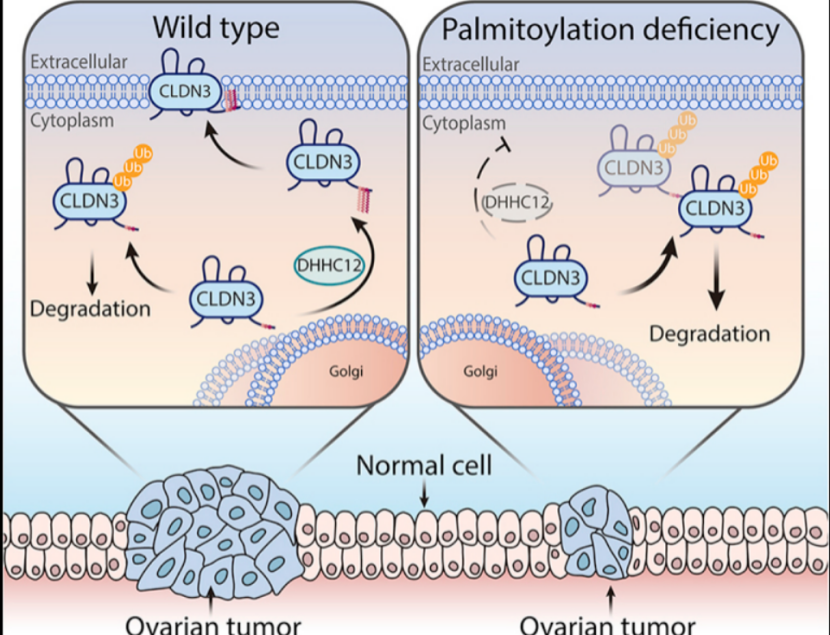
Cyclin-dependent kinases-based synthetic lethality: Evidence, concept, and strategy
Synthetic lethality is a proven effective antitumor strategy that has attracted great attention. Large-scale screening has revealed many synthetic lethal genetic phenotypes, and relevant small-molecule drugs have also been implemented in clinical practice...
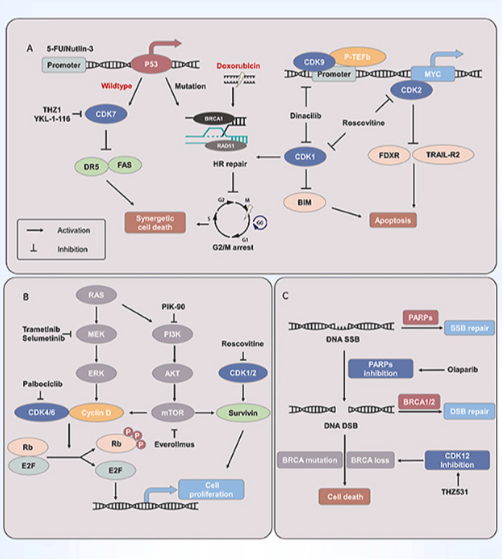
WSB1 regulates c-Myc expression through β-catenin signaling and forms a feedforward circuit.
The dysregulation of transcription factors is widely associated with tumorigenesis. As the most well-defined transcription factor in multiple types of cancer, c-Myc can transform cells by transactivating various downstream genes...
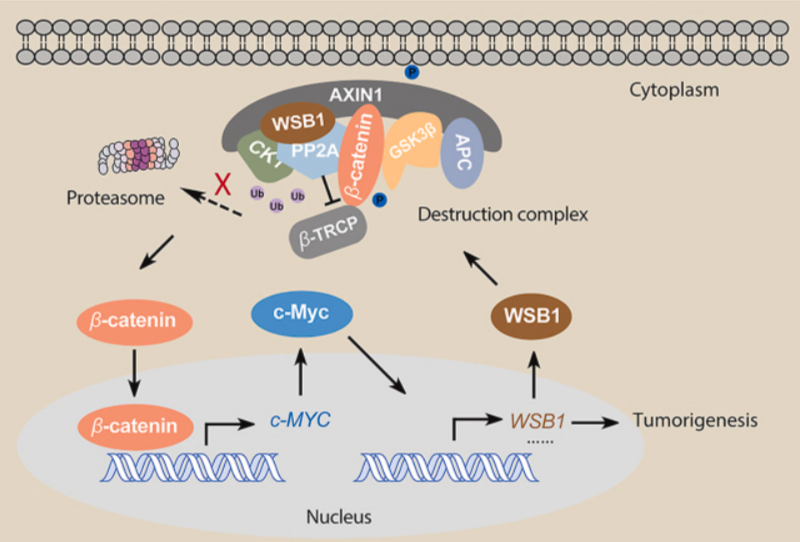
TGSA: Protein-Protein Association-Based Twin Graph Neural Networks for Drug Response Prediction with Similarity Augmentation
Drug response prediction (DRP) plays an important role in precision medicine (e.g. for cancer analysis and treatment). Recent advances in deep learning algorithms make it possible to predict drug responses accurately based on genetic profiles...
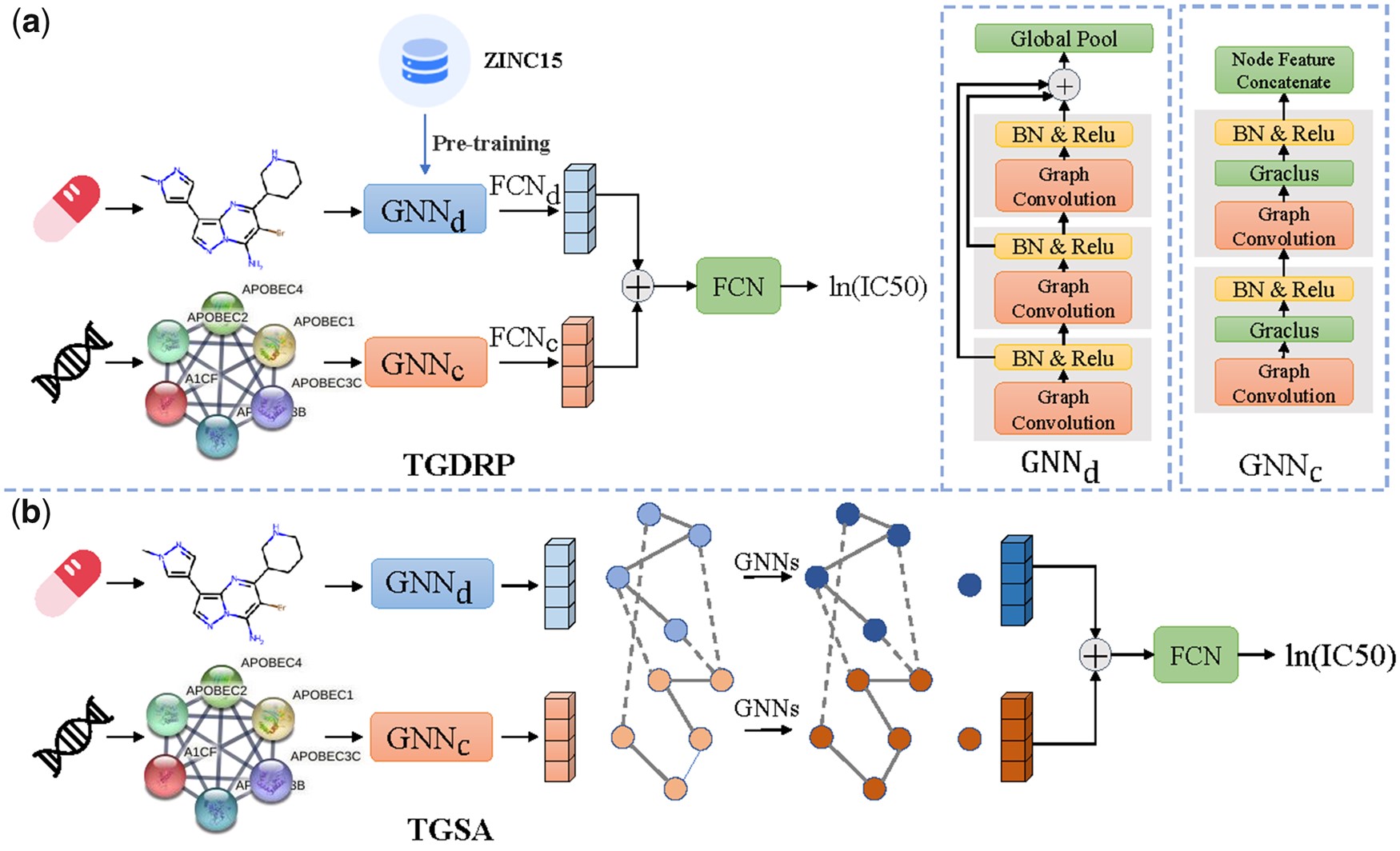
PD-1/PD-L1 counterattack alliance: multiple strategies for treating triple-negative breast cancer.
Despite extensive research into adjuvant and neoadjuvant chemotherapy, triple-negative breast cancer (TNBC) remains a common breast cancer (BC) subtype with poor prognosis. Given that it has higher immune cell infiltration, theoretically, it should be a protagonist of potential BC immunotherapies...
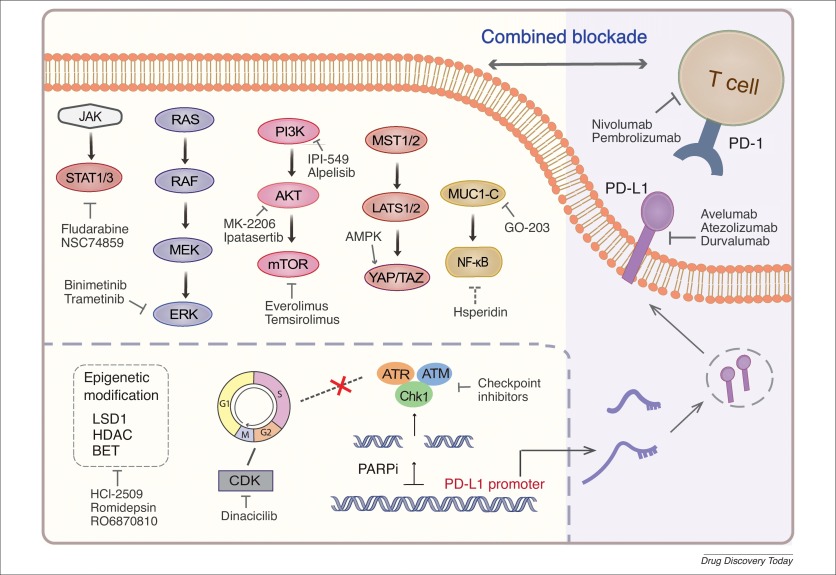
Progress and perspective of organoid technology in cancer-related translational medicine.
Organoids are in vitro simplified and miniature microcosms of internal organs, which have aroused great interest in tissue development, multiple disease models, clinical diagnosis, as well as high-throughput drug screening and personalized medicine and so on...
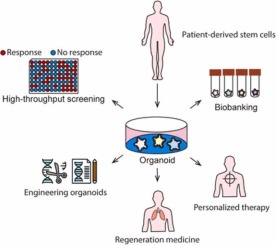
Discovery of 5,6-Bis(4-methoxy-3-methylphenyl)pyridin-2-amine as a WSB1 Degrader to Inhibit Cancer Cell Metastasis.
The gain of cell motility is an essential prerequisite for cancer metastasis. The ubiquitin ligase subunit WD repeat and SOCS box-containing 1 (WSB1) has been demonstrated to regulate hypoxia-driven tumor cell migration...
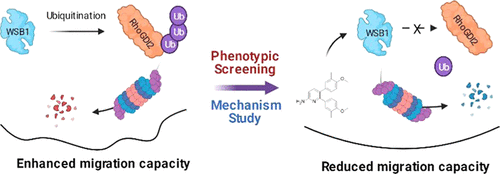
研究成果
-
Progress and perspective of organoid technology in cancer-related translational medicine.
Biomed Pharmacother. 2022 Mar
-
WSB1 regulates c-Myc expression through β-catenin signaling and forms a feedforward circuit.
Acta Pharm Sin B. 2022 Mar
-
Tumor immunity: a novel dimension for PROTACs to conquer cancer?
Acta Pharmacol Sin. 2022 Jan
-
One therapeutic approach for triple-negative breast cancer: Checkpoint kinase 1 inhibitor AZD7762 combination with neoadjuvant carboplatin
Eur J Pharmacol. 2021 Oct
-
Targeting Myc Interacting Proteins as a Winding Path in Cancer Therapy.
Front Pharmacol. 2021 Sep
-
TGSA: Protein-Protein Association-Based Twin Graph Neural Networks for Drug Response Prediction with Similarity Augmentation
Bioinformatics. 2021 Sep
-
Beyond iron deposition: making sense of the latest evidence on ferroptosis in Parkinson's disease
Acta Pharmacol Sin. 2021 Sep
-
Cyclin-dependent kinases-based synthetic lethality: Evidence, concept, and strategy
Acta Pharm Sin B. 2021 Sep
-
The C terminus of DJ-1 determines its homodimerization, MGO detoxification activity and suppression of ferroptosis.
Acta Pharmacol Sin. 2021 Jul;
-
Bis-isatin derivatives: design, synthesis, and biological activity evaluation as potent dimeric DJ-1 inhibitors
Acta Pharmacol Sin. 2021 Jul
-
Discovery of 5,6-Bis(4-methoxy-3-methylphenyl)pyridin-2-amine as a WSB1 Degrader to Inhibit Cancer Cell Metastasis.
J Med Chem. 2021 Jun
-
Small molecule inhibitors targeting the PD-1/PD-L1 signaling pathway
Acta Pharmacol Sin. 2021 Jan
-
The role of autophagy in targeted therapy for acute myeloid leukemia.
Autophagy. 2020 Sep
-
PD-1/PD-L1 counterattack alliance: multiple strategies for treating triple-negative breast cancer.
Drug Discov Today. 2020 Sep
-
Protein phase separation: A novel therapy for cancer?
Br J Pharmacol. 2020 Aug
-
ZDHHC12-mediated claudin-3 S-palmitoylation determines ovarian cancer progression
Acta Pharm Sin B. 2020 Aug
-
N-myristoylation: from cell biology to translational medicine.
Acta Pharmacol Sin. 2020 Aug
-
DJ-1 suppresses ferroptosis through preserving the activity of S-adenosyl homocysteine hydrolase
Nat Commun. 2020 Mar
-
Stress granule: a promising target for cancer treatment.
Br J Pharmacol. 2019 Dec
-
Neohesperidin Prevents Colorectal Tumorigenesis by Altering the Gut Microbiota.
Pharmacol Res. 2019 Oct;
-
Identification of PRDX6 as a regulator of ferroptosis
Acta Pharmacol Sin. 2019 Oct
-
Activity-Guided Design of HDAC11-Specific Inhibitors.
ACS Chem Biol. 2019 Jul
-
Novel Lysine-Based Thioureas as Mechanism-Based Inhibitors of Sirtuin 2 (SIRT2) with Anticancer Activity in a Colorectal Cancer Murine Model.
J Med Chem. 2019 Apr
-
HDAC11 regulates type I interferon signaling through defatty-acylation of SHMT2
Proc Natl Acad Sci U S A. 2019 Mar
-
A Small-Molecule SIRT2 Inhibitor That Promotes K-Ras4a Lysine Fatty-Acylation
ChemMedChem. 2019 Feb
-
2-Bromopalmitate sensitizes osteosarcoma cells to adriamycin-induced apoptosis via the modulation of CHOP
Eur J Pharmacol. 2019 Feb
-
LncRNA-MM2P Identified as a Modulator of Macrophage M2 Polarization
Cancer Immunol Res.2019 Feb
-
Cellular Senescence and Anti-Cancer Therapy
Curr Drug Targets. 2019 Jan
-
Immune cells in the tumour: new routes of retinoids for chemoprevention and chemotherapeutics
Br J Pharmacol. 2018 Dec
-
Direct Comparison of SIRT2 Inhibitors: Potency, Specificity, Activity-Dependent Inhibition, and On-Target Anticancer Activities.
ChemMedChem. 2018 Sep
-
Ubiquitin-dependent Degradation of CDK2 Drives the Therapeutic Differentiation of AML by Targeting PRDX2.
Blood. 2018 May
-
CT-707 targets intratumor hypoxia of liver cancer by interrupting hypoxia-activated IGF-1R-YAP axis.
Cancer Research. 2018 April
-
Comparative Nucleotide-Dependent Interactome Analysis Reveals Shared and Differential Properties of KRas4a and KRas4b
ACS Cent Sci. 2018 Jan
-
The Role of Ferroptosis in Cancer Development and Treatment Response.
Front Pharmacol. 2018 Jan
-
AKR1C1 Activates STAT3 to Promote the Metastasis of Non-Small Cell Lung Cancer.
Theranostics. 2018 Jan
-
Bortezomib sensitizes human osteosarcoma cells to adriamycin-induced apoptosis through ROS-dependent activation of p-eIF2α/ATF4/CHOP axis.
Int J Cancer. 2017 Sep
-
S-Palmitoylation of Junctional Adhesion Molecule C Regulates Its Tight Junction Localization and Cell Migration.
J Biol Chem. 2017 Mar
-
Aldo-Keto Reductase AKR1C1-AKR1C4: Functions, Regulation, and Intervention for Anti-cancer Therapy
Front Pharmacol. 2017 Mar
-
The involvement of M2 macrophage polarization inhibition in fenretinide-mediated chemopreventive effects on colon cancer.
Cancer Lett. 2017 Mar
-
SIRT7 Is an RNA-Activated Protein Lysine Deacylase.
ACS Chem Biol. 2017 Jan
-
DNA-PKcs, a novel functional target of acriflavine, mediates acriflavine's p53-dependent synergistic anti-tumor efficiency with melphalan
Cancer Lett. 2016 Dec
-
Hypoxia-Induced WSB1 Promotes the Metastatic Potential of Osteosarcoma Cells.
Cancer Res. 2015 Nov
-
Ougan (Citrus reticulata cv. Suavissima) flavedo extract suppresses cancer motility by interfering with epithelial-to-mesenchymal transition in SKOV3 cells
Chin Med. 2015 Jun
-
Novel potent HIF-1 inhibitors for the prevention of tumor metastasis: discovery and optimization of 3-aryl-5-indazole-1,2,4-oxadiazole derivatives
RSC Adv., 2015 May
-
DJ-1 as a human oncogene and potential therapeutic target.
Biochem Pharmacol. 2015 Feb
-
Tumor hypoxia enhances Non-Small Cell Lung Cancer metastasis by selectively promoting macrophage M2 polarization through the activation of ERK signaling.
Oncotarget. 2014 Oct
-
The oxidation states of DJ-1 dictate the cell fate in response to oxidative stress triggered by 4-HPR: autophagy or apoptosis.
Antioxidants & Redox Signaling. 2014 Oct
-
Cap-dependent translation initiation factor, eIF4E, is the target for Ouabain-mediated inhibition of HIF-1α.
Biochem Pharmacol. 2014 May
-
Suppression of hypoxia-inducible factor 1α (HIF-1α) by tirapazamine is dependent on eIF2α phosphorylation rather than the mTORC1/4E-BP1 pathway
PLoS One. 2010 Nov
-
YQ36: a novel bisindolylmaleimide analogue induces KB/VCR cell death.
J Biomed Biotechnol. 2009 Jan
数据库

Qselected
Innovative algorithms developed by Queshi ensure that patients receive the most effective drug interventions in the shortest possible time.